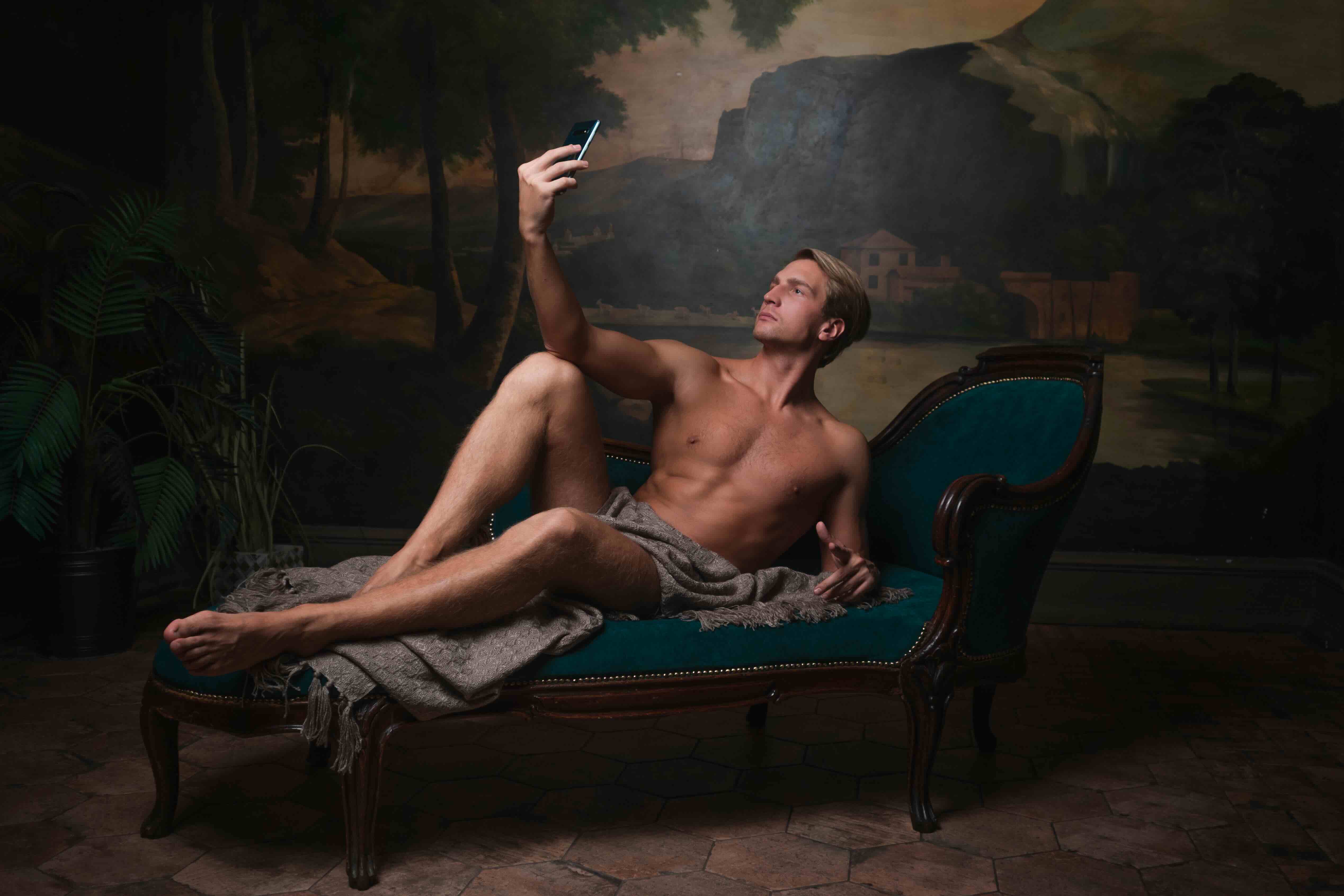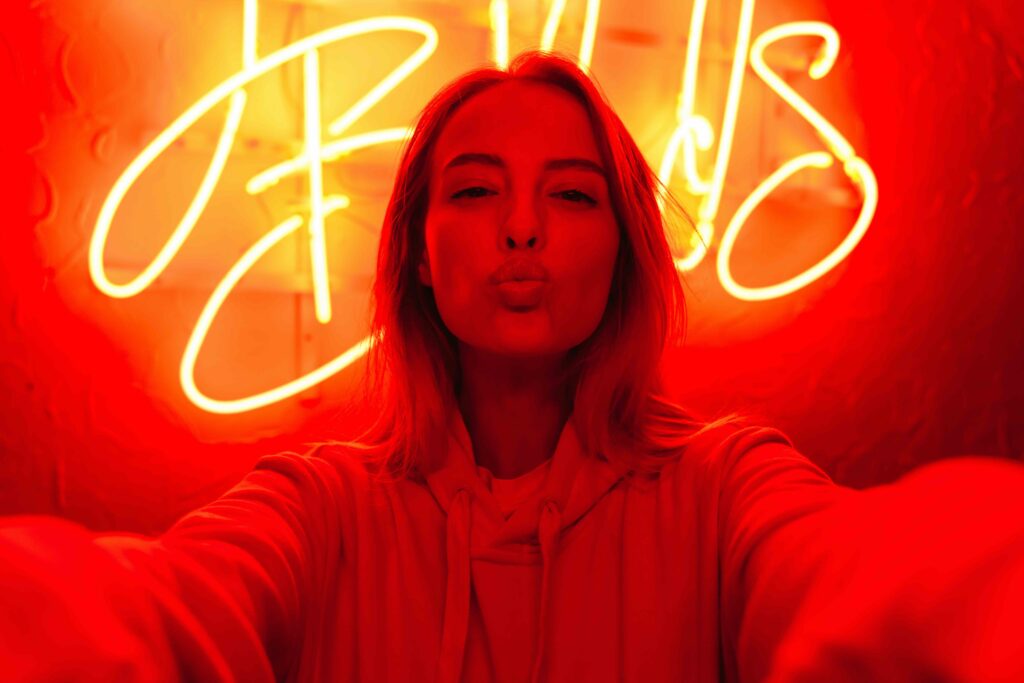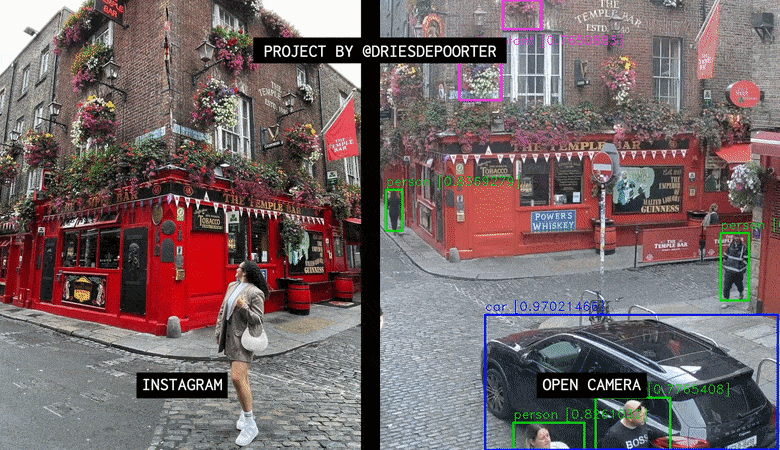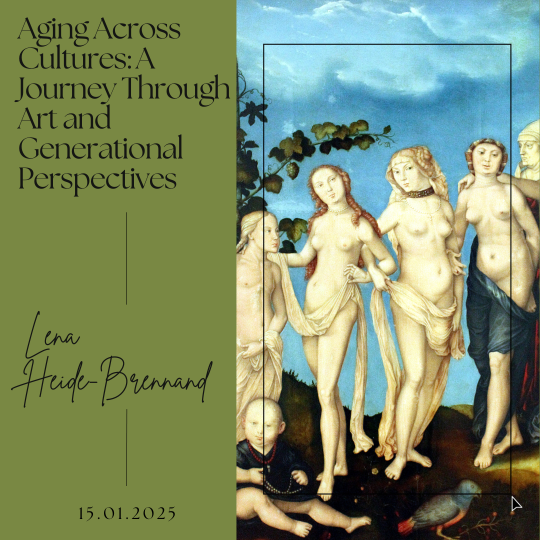The Selfie Confessional
written by art historian & curator
In the annals of photographic history, few phenomena have reshaped the landscape of self-expression quite like the selfie. Born from the fusion of technology, social media, and a cultural shift towards individualism, the selfie has transcended its humble beginnings to become a ubiquitous form of communication and self-representation, particularly among the youth. The birth of the selfie can be traced back to the advent of front-facing cameras on mobile devices, a feature that transformed the way individuals interacted with their own image. No longer confined to the realm of professional photographers or cumbersome digital cameras, people suddenly had the power to capture themselves in the moment, unfiltered and unscripted.
Videos you may enjoy as well:
This newfound ability to document one’s own likeness gave rise to a cultural phenomenon that quickly permeated every corner of society. From teenagers snapping mirror selfies in their bedrooms to travellers documenting their adventures around the globe, the selfie has become a universal language — a visual shorthand for sharing experiences, emotions, and identities. But the impact of the selfie extends far beyond its surface-level portrayal as a mere trend or fad. At its core, the selfie reflects a broader cultural shift towards self-expression, particularly among younger generations.
In an age where digital landscapes blur the lines between public and private, the selfie has emerged as a tool for shaping and defining one’s identity in the digital sphere. For today’s youth, the selfie is more than just a photo — it is a form of cultural currency, a means of signalling belonging and acceptance within their peer group. From carefully curated Instagram feeds to Snapchat streaks documenting daily life, the selfie serves as a visual diary — a chronicle of moments both mundane and monumental that collectively tell the story of a generation.
Selfie as Self-Definition
Selfies, once dismissed as mere vanity, have evolved into a form of self-disclosure, a means through which individuals share their truths, vulnerabilities, and innermost thoughts with the world. The act of taking a selfie can be cathartic, offering a moment of introspection and self-reflection that transcends the superficiality often associated with the practice. A selfie is an act of self-definition — a way for individuals to assert their identity and reclaim their narrative in a society that often seeks to stereotype. With each carefully curated angle and filter selection, individuals are crafting a visual autobiography, one snapshot at a time. But beyond the surface level of filters and captions lies a deeper layer of authenticity. For many, the selfie serves as a platform for confession — a digital confessional where secrets are shared, burdens are lifted, and connections are forged. In a world where mental health struggles, insecurities, and societal pressures abound, the selfie can offer a sense of solace and solidarity.

For today’s youth, the selfie is a form of acceptance within their peer group. The selfie has democratized the process of image-making, placing the power of representation firmly in the hands of the individual. No longer reliant on traditional gatekeepers of media and fashion, young people are using selfie to challenge conventional beauty standards, celebrate diversity, and reclaim ownership of their bodies and identities.
Consider the rise of platforms like Instagram and TikTok, where users openly discuss their battles with anxiety, depression, body image issues, and more. Through candid selfies and heartfelt captions, individuals are breaking down barriers and challenging the stigma surrounding mental health. The selfie becomes a vehicle for empathy and understanding — a visual reminder that no one is alone in their struggles. Moreover, the selfie allows individuals to reclaim ownership of their narratives, presenting themselves not as flawless avatars, but as multifaceted beings with strengths and weaknesses alike. In a culture that often celebrates perfection and perpetuates unrealistic standards of beauty, the selfie becomes an act of defiance — a declaration that imperfection is not only acceptable but beautiful in its own right.
However, with this new tool for freedom comes a host of complex social dynamics and ethical considerations. In a society driven by likes, comments, and validation, the line between authenticity and performance can become blurred. There is a danger of self-censorship, of presenting only the most polished version of oneself to the world, while hiding the messy realities beneath the surface. But perhaps therein lies the paradox of the selfie confessional — the tension between authenticity and artifice, vulnerability and validation. In embracing this tension, individuals can navigate the digital landscape with greater honesty and integrity, using the selfie not as a mask to hide behind, but as a mirror to reflect their true selves.

Yet, despite these challenges, the selfie continues to thrive as a cultural phenomenon, evolving and adapting to the ever-changing landscape of technology and society. As we navigate the complexities of the digital age, it is clear that the selfie is more than just a passing trend — it is a reflection of our shared humanity, our desire for connection and self-expression, and our ongoing quest to capture the essence of who we are in a rapidly changing world.
Can Selfies be harmful
Rankin, the renowned British photographer, sought to expose in his thought-provoking project ”Selfie Harm” the dark side of innocuous self-portraits. Collaborating with teenagers from various backgrounds, Rankin delved into the complexities of self-image in the age of Instagram, Snapchat, and TikTok, where filters, editing tools, and likes reign supreme. The project unfolds through a series of striking images that juxtapose heavily edited selfies with raw, unfiltered portraits of the same subjects. Each diptych serves as a visual commentary on the dichotomy between the carefully curated personas individuals present online and their authentic selves hidden beneath the surface.
In one poignant diptych, a teenage girl gazes confidently into the camera, her features meticulously airbrushed and digitally enhanced — a flawless facade carefully constructed for the approval of her online audience. In stark contrast, the accompanying portrait reveals the same girl without filters or retouching, her vulnerability laid bare for all to see. The disparity between the two images speaks volumes about the pressure to conform to unrealistic beauty standards perpetuated by social media platforms. Another diptych features a young man striking a pose, his expression obscured by layers of digital manipulation—an exaggerated version of himself crafted to attract likes and validation. Yet, in the unfiltered portrait, his guarded demeanor gives way to a raw and unguarded vulnerability, challenging viewers to confront the disconnect between online personas and real-life experiences.
Through “Selfie Harm,” Rankin exposes the damaging effects of social media validation on young people’s self-esteem and mental well-being. By amplifying the contrast between idealized digital representations and authentic human experiences, Rankin invites viewers to question the authenticity of online interactions and reflect on the impact of constant exposure to curated images on self-perception. Beyond the visual juxtapositions, “Selfie Harm” sparks conversations about broader societal issues, including body image dissatisfaction, social comparison, and the commodification of self-worth. It serves as a wake-up call for individuals to critically examine their relationship with social media and consider the long-term consequences of seeking validation through likes and comments.
Through his lens, Rankin sheds light on the complexities of contemporary youth culture, offering a nuanced portrayal of the struggles and aspirations that define a generation raised in the digital age. In the end, “Selfie Harm” challenges us to look beyond the surface of glossy selfies and confront the reality that lies beneath—a reality where self-worth is measured not by likes or followers but by the depth of one’s character, the authenticity of one’s connections, and the resilience of one’s spirit.
Dries Depoorter and His Self-Worth Projects
Dries Depoorter’s many interactive art installations offer a stark commentary on the pervasive culture of validation and self-worth that revolves around likes and comments. His installations often consist of a series of screens displaying selfies taken by visitors, apps to buy followers or likes and other actions that are strictly related to the online activity. Through a diverse array of multimedia installations, interactive artworks, and online interventions, Depoorter challenges viewers to confront the complexities and contradictions of our increasingly digitised world.

Through its minimalist design and thought-provoking premise, installations such as ”The Message”(2023-2024), ”The Follower”(2023-2024), challenges visitors to reconsider their relationship with social media and the impact of constant exposure to likes and comments on self-esteem and mental well-being. By withholding the immediate gratification of validation, the installations created by Depoorter encourage introspection and reflection on the true sources of self-worth and fulfilment.
In a society where self-esteem is often tied to online metrics and digital interactions, Depoorter proposes a vision that serves as a powerful reminder of the inherent worth of each individual beyond the confines of social media. It invites viewers to disconnect from the relentless pursuit of likes and instead focus on cultivating meaningful connections, authentic self-expression, and a sense of inner validation that transcends the digital realm. His artistic projects invite us to contemplate the essence of human connection and self-worth in an increasingly digitised world, urging us to look beyond the superficiality of online validation and embrace the richness of our lived experiences.





Leave a Reply